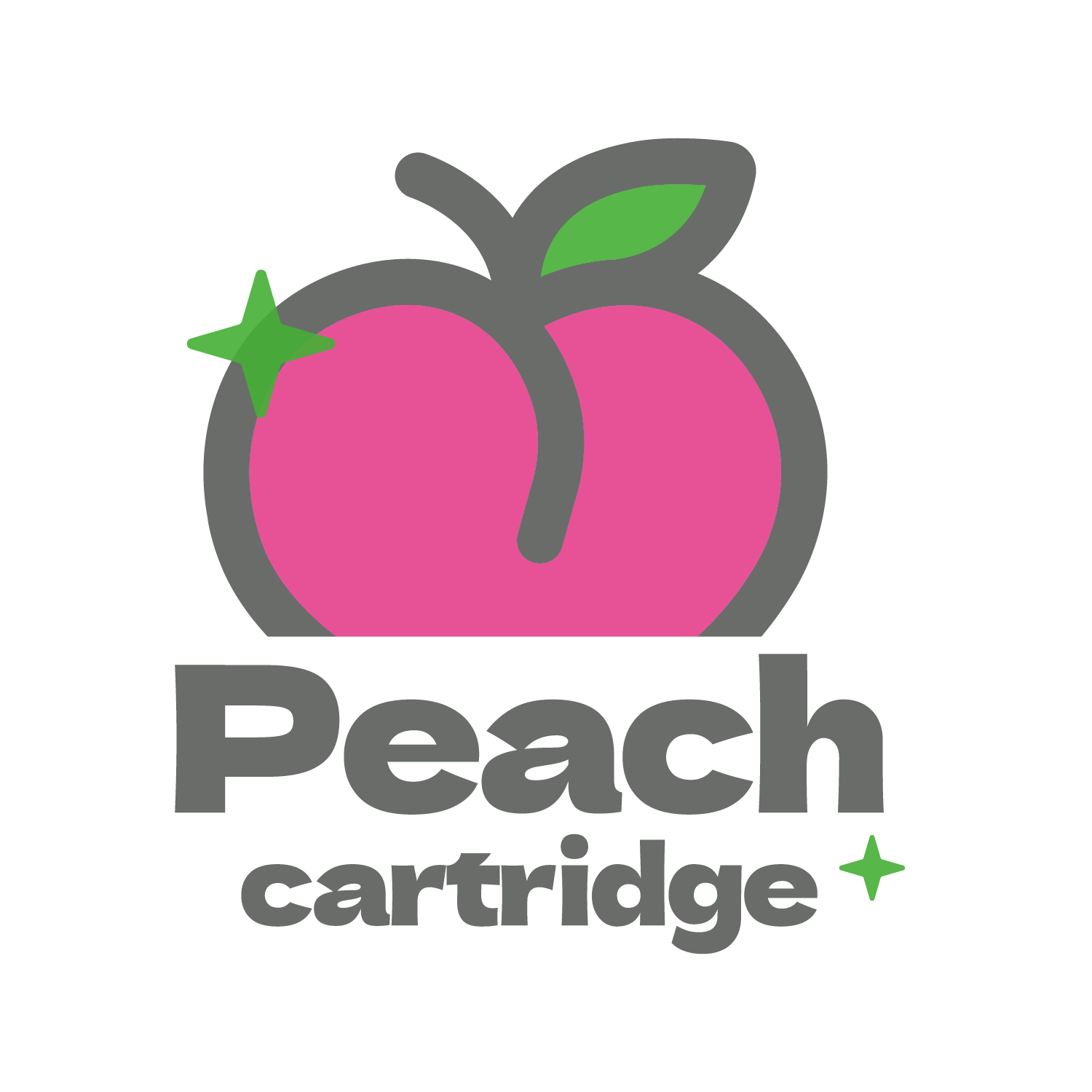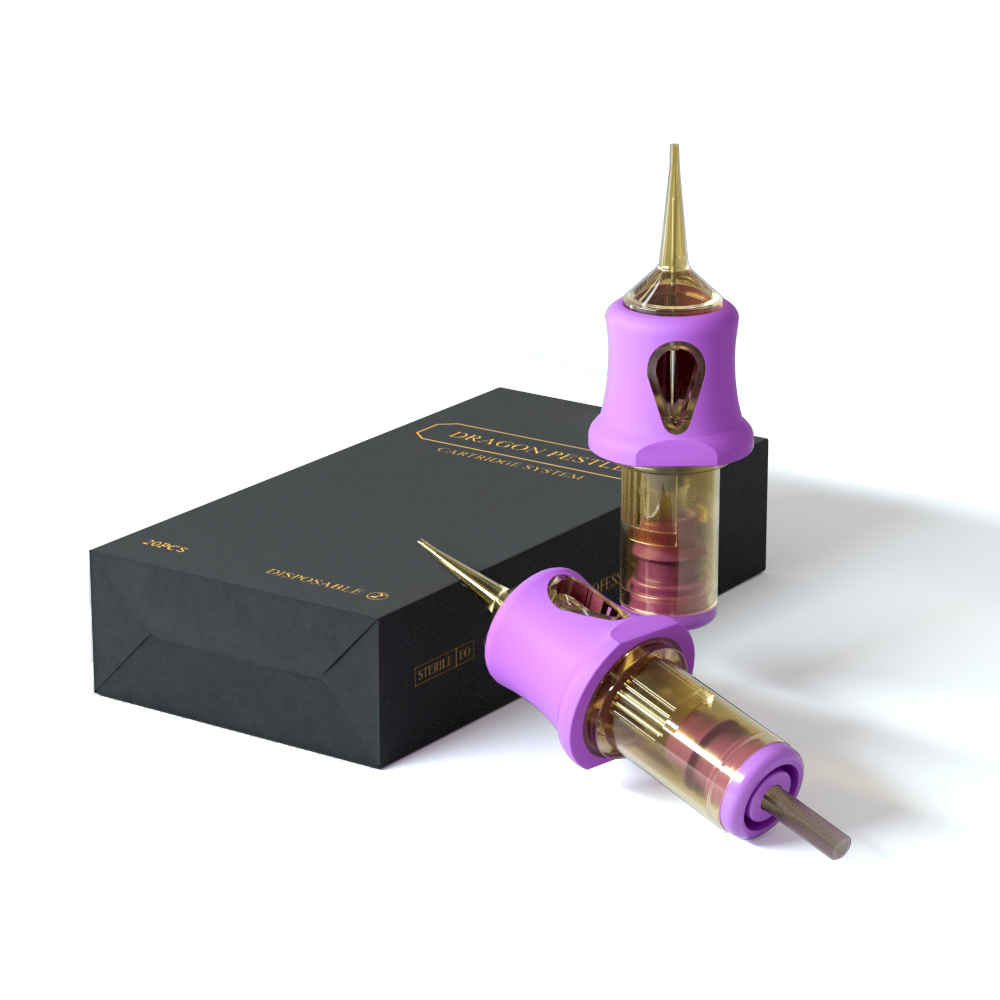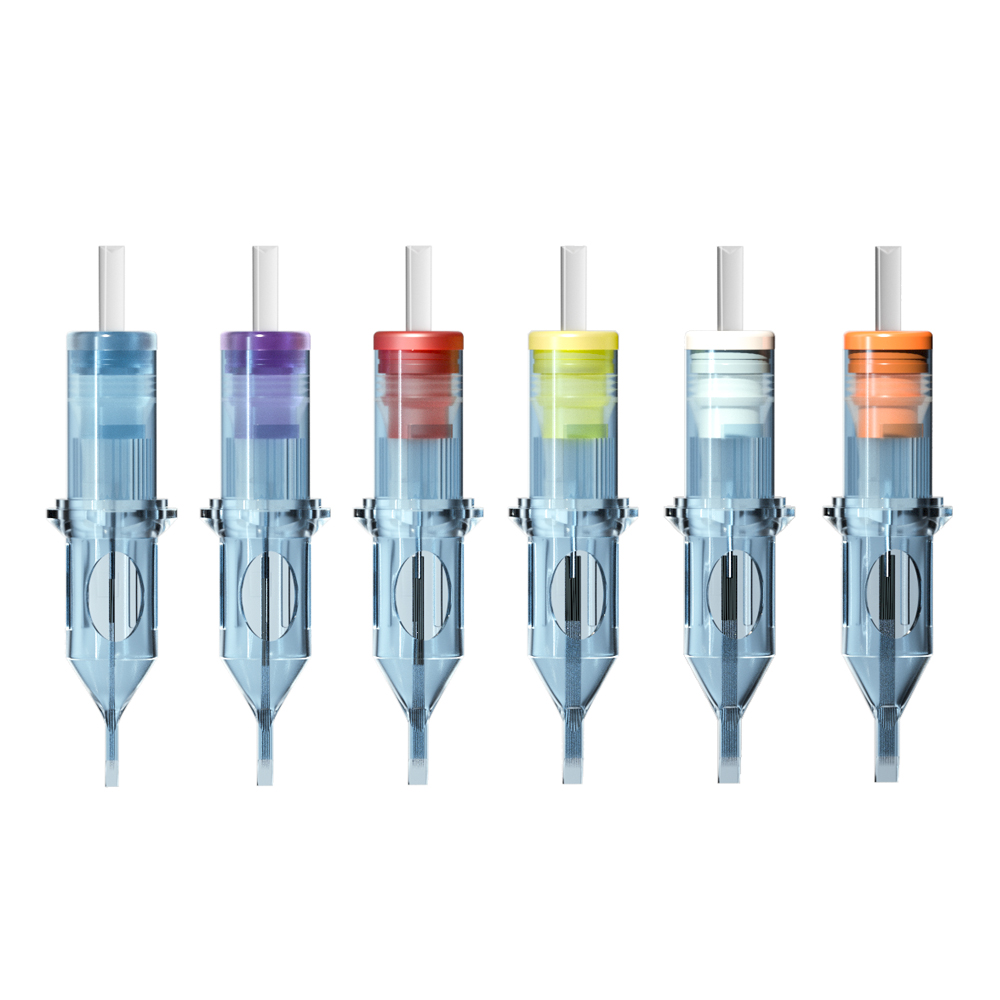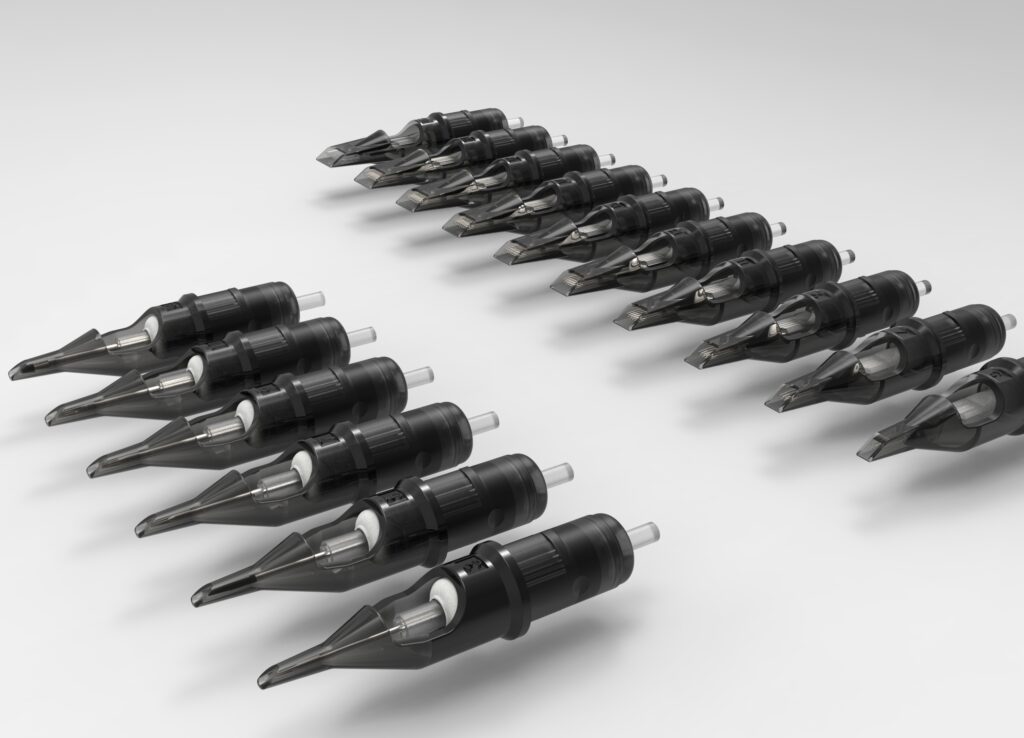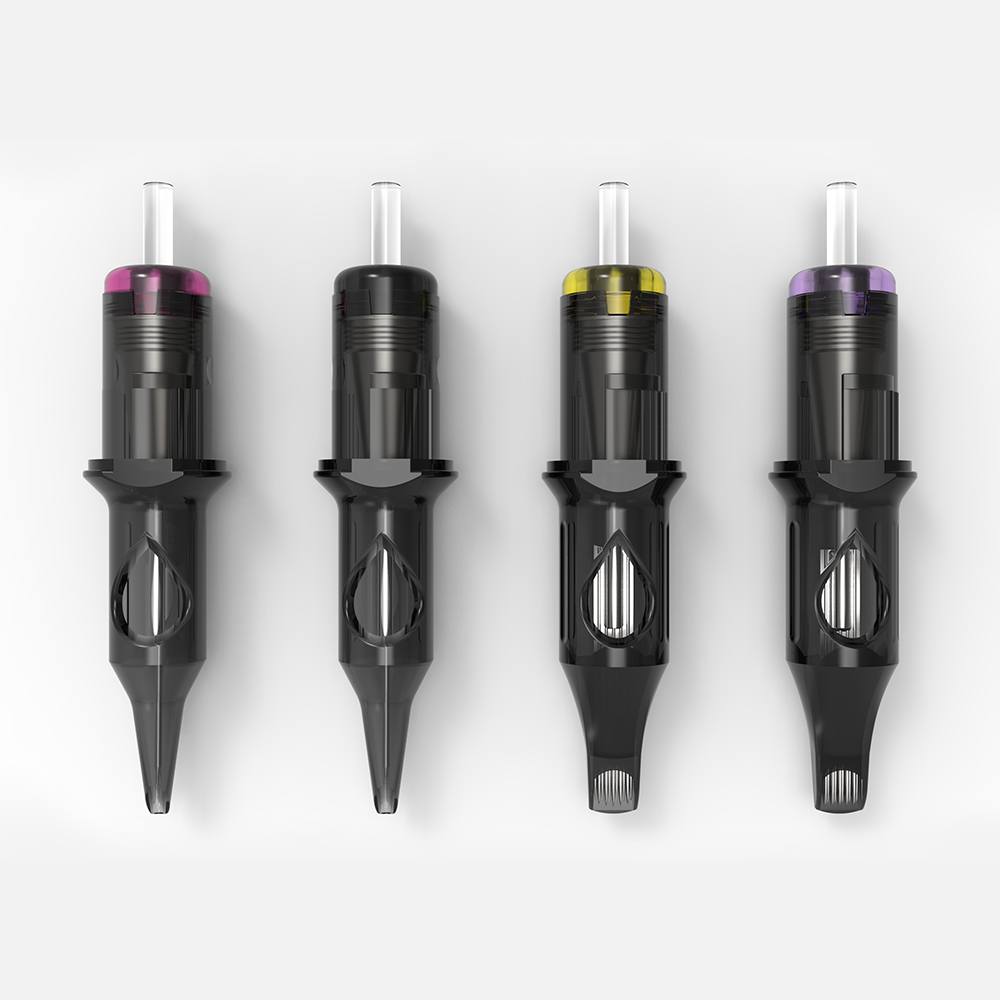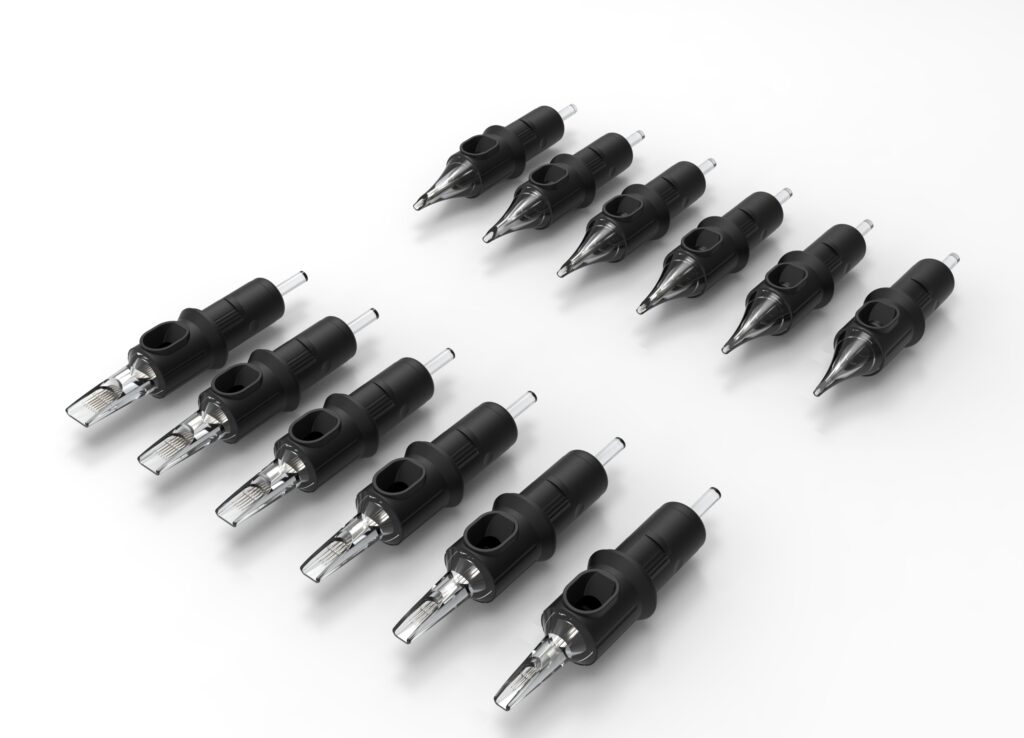Tattoo shading needles are a crucial component of the tattooing process. Shading is a technique that allows tattoo artists to create depth, dimension, and texture in their designs. It involves using a series of needles to create a gradient effect that ranges from light to dark. The result is a tattoo that appears three-dimensional and lifelike.
There are many types of tattoo shading needles, each with their own special qualities. Some needles work best with certain types of ink, while others are great for shading bigger areas of skin. It’s important to know about these different needles and how to use them to get the shading effect you want.
Key Takeaways
- Tattoo shading needles are essential for creating depth and texture in tattoo designs.
- There are several different types of tattoo shading needles, each with its own unique characteristics.
- Understanding the different types of needles and their uses is essential for achieving the desired shading effect.



I:Understanding Tattoo Shading Needles
Tattoo shading is an essential part of tattooing. It is the technique used to add depth and dimension to a tattoo design. Tattoo artists use specifically designed tattoo shading needles to achieve the desired shading effect.
A:Needle Configuration
Tattoo shading needles come in different configurations, including round, flat, and magnum. Round shading needles create soft shading, while flat shading needles create sharp shading. Artists use Magnum shading needles for larger areas of shading.
B:Needle Type
The type of needle used for tattoo shading is typically a magnum or weaved magnum needle. Tattoo artists use magnum needles for shading larger areas, and they use weaved magnum needles for creating a smoother shading effect.
C:Needle Depth
The depth of the needle is also an important factor in tattoo shading. Set the needle to the appropriate depth to ensure that it deposits the ink at the right level. The needle depth for tattooing varies based on skin type, needle type, and desired shading effect.
D:Needle Angle
The angle of the needle also plays a crucial role in tattoo shading. Maintain a needle angle between 45 to 60 degrees while doing lines, which we know as a standard angle. Use a small angle for thin lines and a large angle for thick lines.
E:Needle Count
The needle count refers to the number of needles in a needle grouping. The most common needle counts for tattoo shading are 7, 9, and 11. The needle count influences the amount of ink deposited and the speed of deposition.
F:Sterilization
You must sterilize tattoo shading needles, like all tattoo needles, before using them. The needles should be single-use and disposed of after each use. You should sterilize the needles using an autoclave or other approved sterilization method.
Tattoo shading needles vary in types and configurations. Choose the right needle for the shading effect you want. When using tattoo shading needles, you should also consider the needle depth, angle, count, and sterilization as essential factors.



In tattoo shading, artists can use various types of needles to achieve different effects. Here are some of the most common types of tattoo shading needles:
A:Magnum Needles
Magnum needles are a popular choice for shading because they allow artists to cover larger areas of skin more quickly. These needles come in a variety of configurations, including curved magnum, weaved magnum, stacked magnum, and regular magnum.
Curved magnum needles are ideal for creating smooth, flowing lines, while weaved magnum needles are great for blending colors. Stacked magnum needles have two rows of needles soldered onto a needle bar, which can create a more intense shading effect. Regular magnum needles have a long taper, which makes them a good choice for shading larger areas.
B:Round Shaders
Round shaders are another popular choice for shading. These needles have a round configuration, with a grouping of needles arranged in a circular pattern. Round shaders come in a range of sizes, from #3 to #14, with larger sizes creating more shading. Artists often use round shaders to create smooth, blended shading effects, which are ideal for portrait tattoos.
C:Flat Needles
Flat needles are another option for shading, and are particularly useful for creating crisp, defined lines. These needles have a flat configuration, with a grouping of needles arranged in a straight line. Flat needles come in a range of sizes, from #4 to #14, with larger sizes creating more shading. Flat needles are ideal for creating geometric designs and other tattoos that require precise lines and shading.
D:Bugpin Needles
Bugpin needles are extremely narrow, with #10 size needles and smaller all considered bugpin needles. Because of their super-narrow diameter, they allow artists to execute linework and shading with precision and exactitude. Bugpin needles are also great for pixels and small dotwork tattooing.
To sum up, there are different tattoo shading needles to pick from, each with its own advantages. Magnum needles are good for large areas. Round shaders are good for smooth shading.
Flat needles are good for accurate lines. Bugpin needles are good for detailed linework and small dots. Tattoo artists can choose the best tools for their needs and make amazing tattoos by knowing the different shading needles available.
III:Tattoo Shading Techniques
In tattoo shading, there are several techniques that a tattoo artist can use to achieve the desired effect. Each technique offers different results and requires different tools and skills. Here are some of the most common tattoo shading techniques:
A:Packing
Packing is a shading technique that allows the artist to create solid fills in areas with darker shading. To achieve this, move the tattoo needle in tight oval motions over the skin. Some tattoo artists prefer to say “circular motion.” It is important to make sure that pressure on the needle is not heavier on one side of the needle.
B:Whip Shading
Almost all tattoo styles can use whip shading as a technique. It is most often used for applying sketches of flowers and animals. To achieve this, move the tattoo needle in small tight circle motions at a 45-degree angle in a controlled manner. It is important to avoid leaving the needle on one spot for a long time as this can be traumatic.
C:Stipple Shading
Stipple shading is a technique that involves using dots to create shading. People often use this technique to create a textured effect, such as in portraits. To achieve this, move the tattoo needle in small, quick dots over the skin. The closer the dots are together, the darker the shading will be.
D:Brush Shading
Brush shading is a technique that involves using a brush-like motion to create shading. People often use this technique to create a soft, blended effect. To achieve this, move the tattoo needle in a back-and-forth motion over the skin. The pressure on the needle should be light and even.
E:Pendulum Shading
Pendulum shading is a technique that involves using a pendulum-like motion to create shading. Many artists often use this technique to create a smooth, even shading effect. To do this, the tattoo needle moves back and forth on the skin while the artist’s hand swings like a pendulum.
F:Gradient Shading
Gradient shading is a technique that involves using a gradient effect to create shading. Many artists often use this technique to create a smooth, even shading effect. To do this, the tattoo needle moves back and forth on the skin while the artist’s hand moves smoothly.
G:Solid Fills
Solid fills are a technique that involves using a solid color to fill in an area. Many people often use this technique to create a bold, solid effect. To do this, the tattoo needle moves back and forth on the skin while the artist’s hand moves smoothly.
Overall, the choice of tattoo shading technique will depend on the desired effect and the artist’s skill and experience. By mastering these techniques, a tattoo artist can create beautiful and unique tattoos that stand the test of time.
IV:Tattoo Machine and Needle Configuration
- The tattoo machine and needle configuration are essential components of a successful tattoo shading process. The tattoo machine moves the needle back and forth on the skin. The needle configuration determines the application of ink.
- People classify tattoo machines by stroke length, which is the distance the needle moves in one cycle. You can adjust the stroke length to control the depth of the needle penetration and the amount of ink deposited. A shorter stroke length is ideal for shading, as it allows for more control and precision.
- The needle configuration refers to the grouping of needles in the tattoo needle. You can group needles in various ways, depending on the desired effect. To shade, artists often use a magnum needle. Magnum needles are flat or curved and deliver more ink to the skin for a wider coverage.
- The machine speed and needle depth are also important factors to consider when setting up a tattoo machine for shading. You should adjust the machine speed to a slower setting to allow for more control and precision. Set the needle depth to a shallower depth to prevent excessive trauma to the skin.
- In summary, the tattoo machine and needle configuration are critical components of a successful tattoo shading process. To achieve the desired shading effect, consider and adjust the stroke length, needle setup, machine speed, and needle depth.
V:Common Shading Mistakes and How to Avoid Them
While shading tattoos, there are some common mistakes that tattoo artists make. These mistakes can ruin the tattoo design, cause skin damage, and lead to unsatisfied clients. Here are some of the most common shading mistakes and how to avoid them:
A:Using Too Much Pressure
One of the most common mistakes that tattoo artists make while shading is using too much pressure. Too much pressure can make the needles go too deep, causing scars, bleeding, and pain. To avoid this mistake, tattoo artists should use a light touch and adjust the pressure according to the client’s skin type.
B:Uneven Shading
Another common shading mistake is uneven shading. This can occur when the tattoo artist applies more pressure on one side of the needle than the other. To avoid this mistake, tattoo artists should maintain a consistent pressure and motion while shading. They should also ensure that the needles are not bent or damaged, which can cause uneven shading.
C:Overworking the Skin
Overworking the skin is another common shading mistake. This can happen when the tattoo artist goes over the same area repeatedly, trying to achieve a darker shade. Overworking the skin can cause pain, scarring, and damage to the tattoo design. To avoid this mistake, tattoo artists should take breaks between shading sessions and use a light touch while shading.
D:Using the Wrong Needle Configuration
Using the wrong needle configuration is also a common shading mistake. Using the wrong needle for shading can cause uneven shading, scarring, and pain. We use different needle configurations for different shading techniques. Tattoo artists should choose the right needle configuration based on the shading technique they are using and the client’s skin type.
E:Poor Ink Saturation
Poor ink saturation is another common shading mistake. This can occur when the tattoo artist does not use enough ink or uses low-quality ink. Poor ink saturation can lead to a faded, patchy, or uneven tattoo design. Tattoo artists should use high-quality ink and ensure that they properly saturate the needles to avoid this mistake.
By avoiding these common shading mistakes, tattoo artists can create beautiful, high-quality tattoo designs that their clients will love.
VI:Practicing Tattoo Shading
- Tattoo shading is a crucial aspect of tattooing that requires skill and practice to perfect. Using the right needles and techniques can make all the difference in achieving the desired effect.
- The oval motion is a common shading technique. To make the shade look smooth and even, move in a circle. Another way to create detailed shading in drawings is through pencil drawing. In this technique, the artist achieves a fine and detailed effect by moving the pencil back and forth.
- When practicing shading, it is important to consider shadow and light to create depth and dimension. You can do this by using different ink colors and changing how hard and fast you use the needle.
- To practice shading, tattoo artists often use pig skin or synthetic skin to simulate the texture and thickness of human skin. This allows them to experiment with different needles and techniques without the risk of damaging a client’s skin.
- There are various practice methods for tattoo shading, including using a stencil or drawing freehand. Before shading a tattoo on a client, it is crucial to dedicate time to practice and enhance the required skills.
- If you want to be a tattoo artist and make tattoos that look real or have lots of details, it’s really important to learn how to shade them. With the right needles, techniques, and practice methods, artists can achieve stunning shading effects that bring their tattoos to life.
- When it comes to tattoo shading, ink and color considerations are crucial for achieving the desired effect. The type of ink used, as well as the color, can affect the final outcome of the tattoo.
- One important factor to consider is ink flow. The ink flow should be consistent throughout the shading process to ensure that the tattoo is evenly shaded. If the ink flow is too light, the shading may appear patchy or uneven. On the other hand, if the ink flow is too heavy, the shading may appear too dark and overpowering.
- Another important consideration is the type of needle used. Textured needles can create a softer edge, which is ideal for shading. Longer tapered needles are also helpful for shading because they enable better ink flow and can produce a smoother transition of colors.
- When it comes to color, black ink is the most commonly used for shading. However, it’s important to keep in mind that black ink can heal significantly lighter, so the shading may appear lighter once the tattoo has healed. Gray wash can be used to create a more subtle shading effect, and can be mixed with black ink to create a range of shades.
- Contrast is also an important consideration in tattoo shading. The shading should be contrasted with the line work to create a more dynamic and visually appealing tattoo. Soft edges can be used to blend the shading with the line work, creating a more cohesive overall design.
- In summary, ink and color considerations are crucial for achieving the desired effect in tattoo shading. Ink flow, needle type, and color choices all play a role in the final outcome of the tattoo. By carefully considering these factors, tattoo artists can create beautiful and long-lasting tattoos that their clients will love.

Frequently Asked Questions
The most common needles used for shading tattoos are magnum needles. These needles have a curved shape that allows for a wider area of ink coverage. They are available in different sizes and configurations, including round magnum, curved magnum, and stacked magnum.
The size of the needle used for shading tattoos depends on the desired effect and the area being shaded. Generally, larger needles are used for larger areas, while smaller needles are used for more intricate details. A common size for shading is a 7 or 9 magnum needle.
The needle depth for tattoo shading depends on the skin type and the desired effect. Generally, a depth of 1.5mm to 2mm is recommended for shading. However, it is important to adjust the depth based on the client’s skin type and the area being shaded.
Shading tattoo needles typically have more needles than liners. A standard shading needle can have anywhere from 5 to 15 needles arranged in a flat or round configuration. The number of needles and their arrangement affects the amount of ink coverage and the texture of the shading.
Tattoo needles can be purchased from various tattoo supply stores, both online and in-person. Some popular online stores for tattoo supplies include Wormhole Tattoo Supply and Painful Pleasures. Local tattoo shops may also carry tattoo needles for sale.
The cost of tattoo needles varies depending on the brand, size, and quantity. A pack of 50 standard magnum needles can range from $20 to $50. Higher-quality needles may cost more, but they can provide better ink coverage and reduce trauma to the skin.
